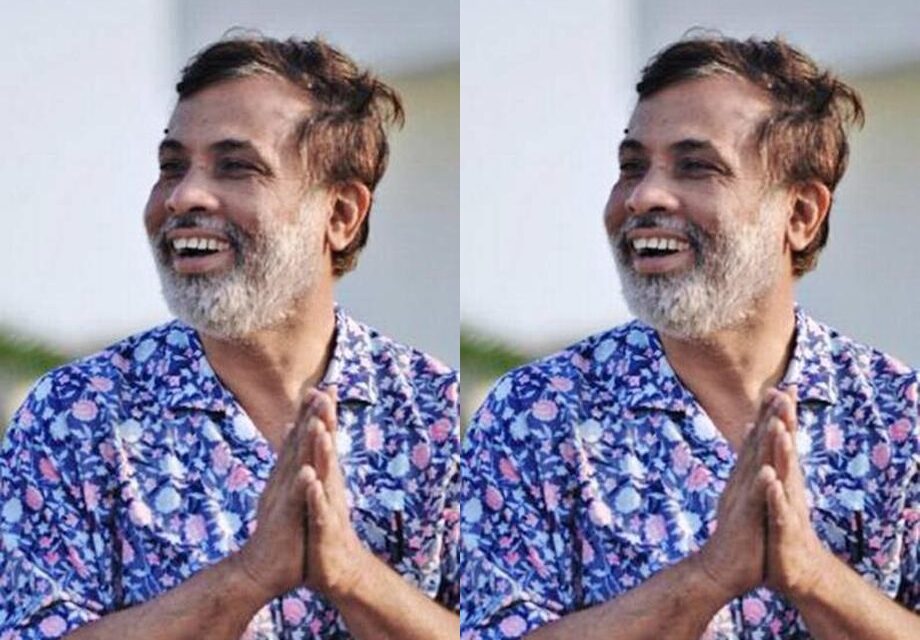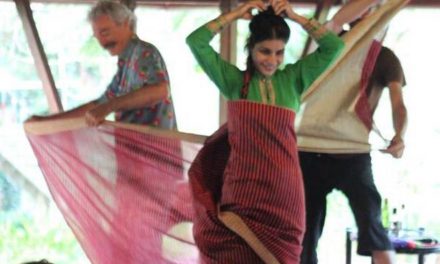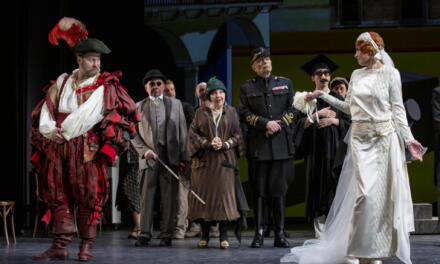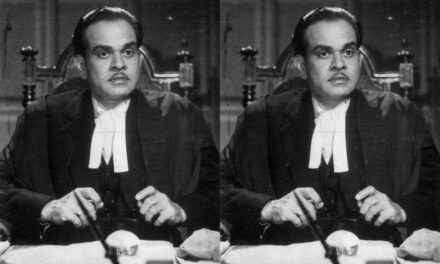Sanjoy Ganguly, pioneer of Theatre of the Oppressed in the country, was recently in Chennai for a worksop with SCARF India
On stage, a scene of domestic violence plays out. As the actors play their parts (most often, autobiographical), an audience member interrupts, raises questions and the narrative veers. This disruptive exchange is vital, believes Theatre of the Oppressed, a school of thought pioneered by Brazilian writer and politician Augusto Boal that invites the audience to be involved in the decision-making that happens on stage. In this case for instance, the audience’s takeaway perhaps lies in the realization of how patriarchy still remains ingrained in our psyche.
Also referred to as forum theatre, this form has found its footing in India, through the Jana Sanskriti Centre for Theatre of the Oppressed in West Bengal. Initially operated out of the Sundarbans and established in 1985, the outfit now has a wider network in the country under Sanjoy Ganguly, Boal’s protégé and friend. Last week in Chennai, he took on mental health and conducted a workshop for Chennai’s SCARF India.
Through a week-long session, thespian and activist Sanjoy Ganguly initiated a dialogue between people with mental illnesses and their caregivers, doctors and facilitators to open a channel of stigma-free communication. Conversations around mental health set the stage for interaction.
The priority here is “healing” he says, later in conversation with MetroPlus. “Theatre has always got a healing effect. It develops an understanding of our reality outside and the reality inside. It offers a space where the actors and spectators undertake an intellectual journey together,” says Ganguly.
Ganguly’s work evolves from the belief that every individual has the capacity for creativity. In the workshop, that will have a second phase soon, he introduces techniques through which the participants can introspect, “as their own spectators.” He adds, “Most of the conventional theatre does theatre for the oppressed. This is theatre of the oppressed. Here, they themselves are the actors, and the spectators. This is a space where they can connect, and collectively address the problem they face.”
It is often believed that marginalized communities don’t see art, or the intellectual space it provides, a necessity. “Who decides whether or not they need that intellectual space?” he asks. The form wishes to make the artform accessible to all, since conventional theatre-making often ends up being “eliticized”, catering to a niche audience. Which is also why it is an ideal tool to discuss mental health.
When Ganguly started his work, his collaborators and actors were not literate. So, he devised a process called “scripting the play” instead of “playing the script.”
“In this process, games are improvised as social metaphors. While playing the games, you get connected to your external reality. From there come stories,” says Ganguly.
Stories are often invited from the actors themselves, which is then told through games and exercises. The goal is not to solve problems. “These problems that have a history can’t be solved onstage.” As the audience or the artiste, the goal is to understand these problems, not merely know that they exist. “This understanding or critical thinking breaks the passivity in your mind. You stop being the victim. You become active,” he adds.
This article was originally published by The Hindu on November 5th, 2021, and has been reposted with permission. To read the original article, click here.
This post was written by the author in their personal capacity.The opinions expressed in this article are the author’s own and do not reflect the view of The Theatre Times, their staff or collaborators.
This post was written by Gowri S.
The views expressed here belong to the author and do not necessarily reflect our views and opinions.

















